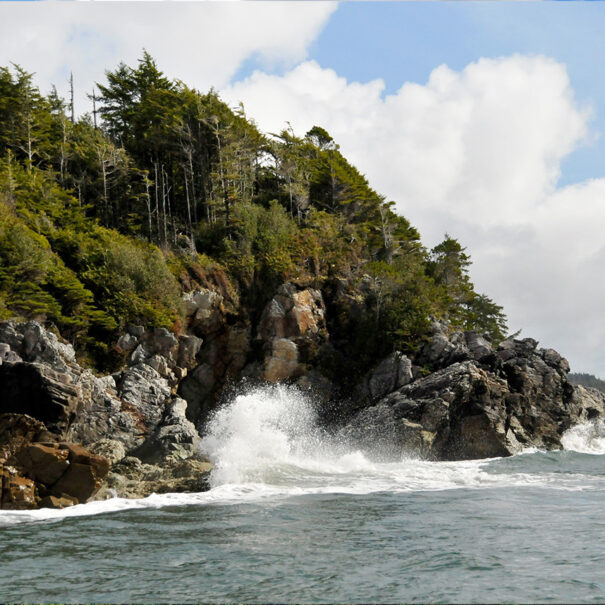West Coast
Pacific salmon are a key species of the West Coast. Every year, tens of millions of salmon return to the rivers where they were born to spawn and to die. This annual migration provides important food for bears, wolves and other wildlife, and provides important nutrients to the forest.
Gift details
Digital download includes:
- Digital species booklet
- Digital full-colour certificate
- Informational video
Physical package includes:
- NCC bilingual logo buff
- Species booklet
- Full-colour certificate
Need to ship to multiple addresses? Visit the FAQ page for more information.
Your Gift in Action
Your gift will conserve critical habitats and ensure a future for species at risk. It will also build healthier, more resilient ecosystems that provide essential benefits and services to people and their communities, while countering the effects of climate change and biodiversity loss.
Since 1962, NCC has brought Canadians together to conserve and restore more than 15 million hectares, coast to coast to coast. But we must do more faster and accelerate the pace of conservation. Every gift and donation counts.
West Coast
The West Coast is one of the few places left with healthy populations of carnivores, including grizzly bear, gray wolf, cougar and the rare white form of black bear locally known as the spirit bear. Every year, tens of millions of salmon return to the rivers where they were born to spawn and to die. This annual migration provides important food for wildlife and nutrients for the forest.
Extending along the Pacific Ocean from Vancouver and Vancouver Island, north to Haida Gwaii and Prince Rupert, this is where land, fresh water and sea combine to form unique habitats and spectacular landscapes. It has the highest diversity of species and habitats in Canada, nurtured by the fog and heavy rains created when warm ocean air meets cool mountain air.
Canada’s tallest trees are here: a 96-metre-tall Sitka spruce on Vancouver Island and a 94-metre-tall Douglas fir in Coquitlam. Some tree species can live for 1,000 years; yellow cedar can live for almost 2,000. The decaying and living trees in the temperate rainforest contain more living biomass than any ecosystem on Earth.
Threats to this region are numerous: development, unsustainable forestry, habitat loss and degradation, invasive species, mining and hydro power projects, proposed pipelines, port expansion and the risks of oil spills, climate change, sea level rise, increased landslides and more intense storm events.
By symbolically adopting West Coast habitat, you are ensuring protection for this extraordinary ecosystem.
Photo 1: Clayoquot Island Preserve, BC; Photo by NCC. Photo 2: Temperate rainforest, BC; photo by Bradley Davis. Photo 3: Great Bear Rainforest, BC; Photo by Leah Ballin









